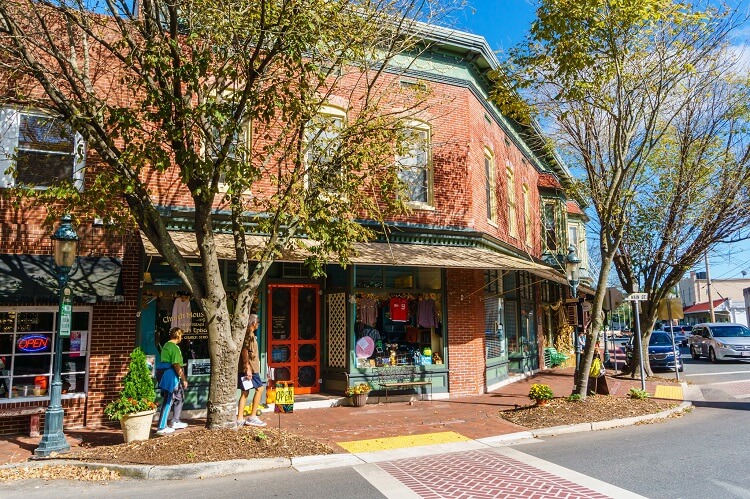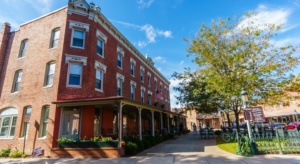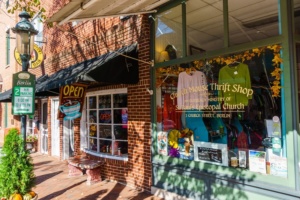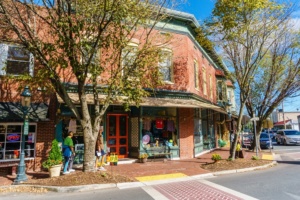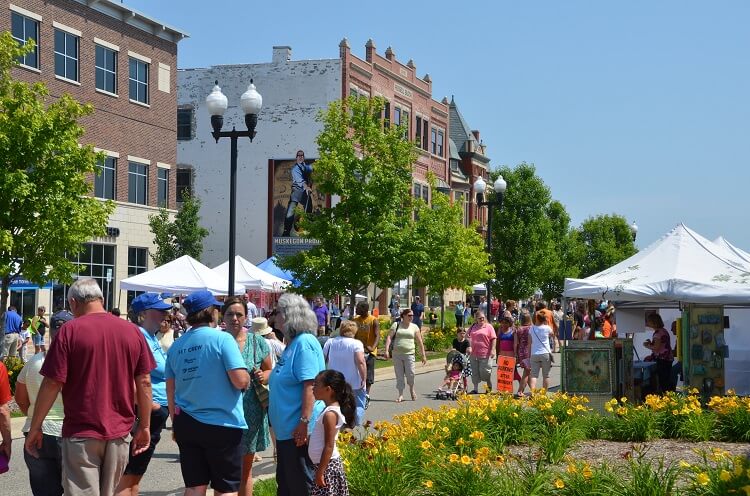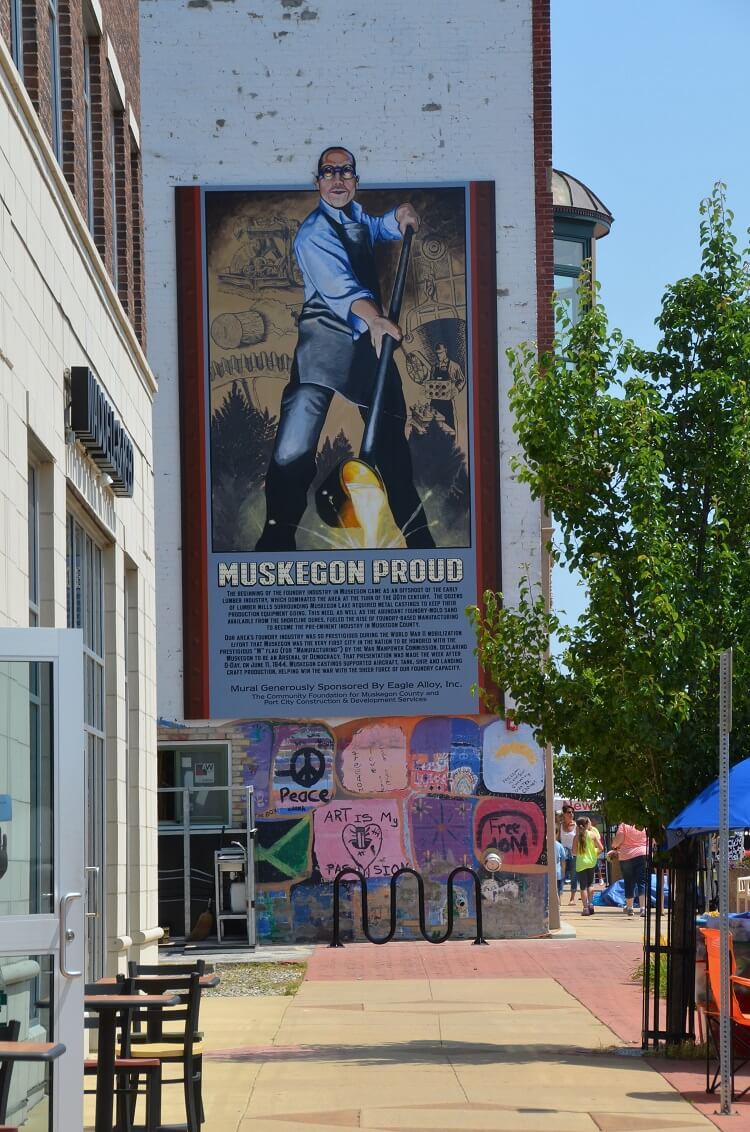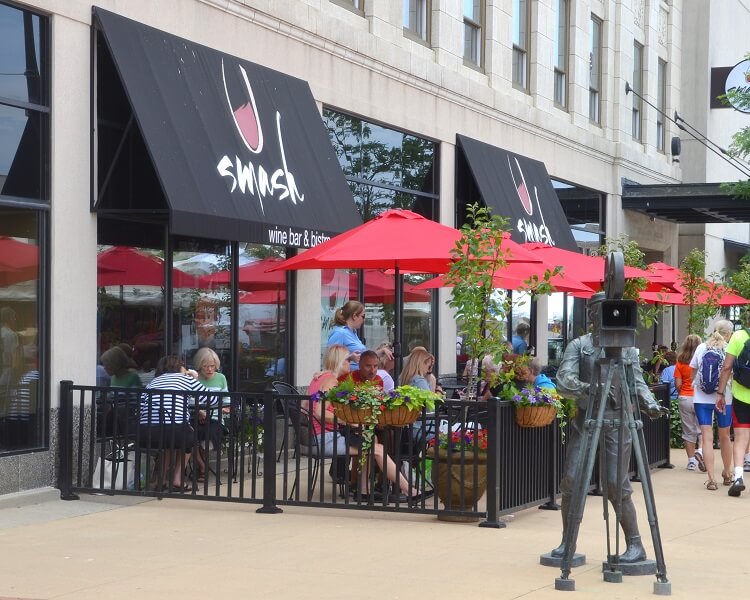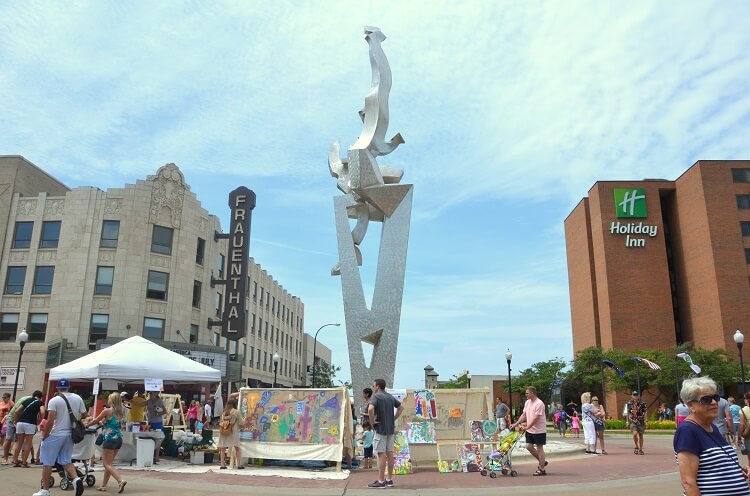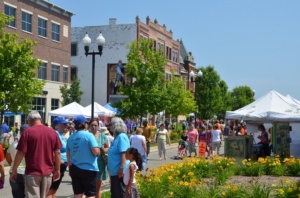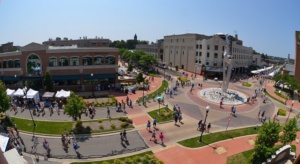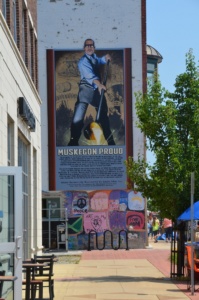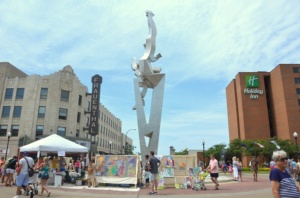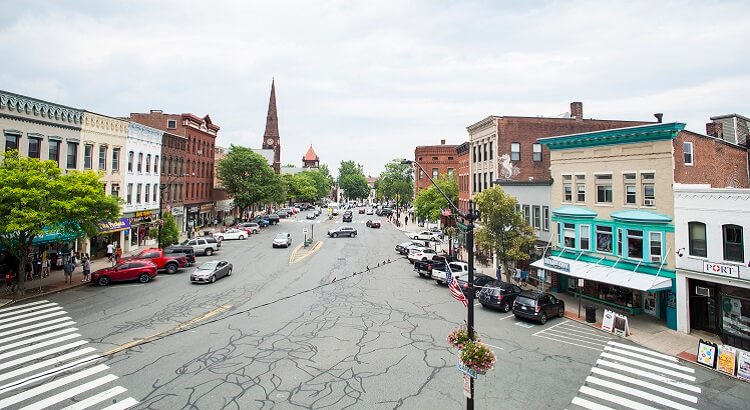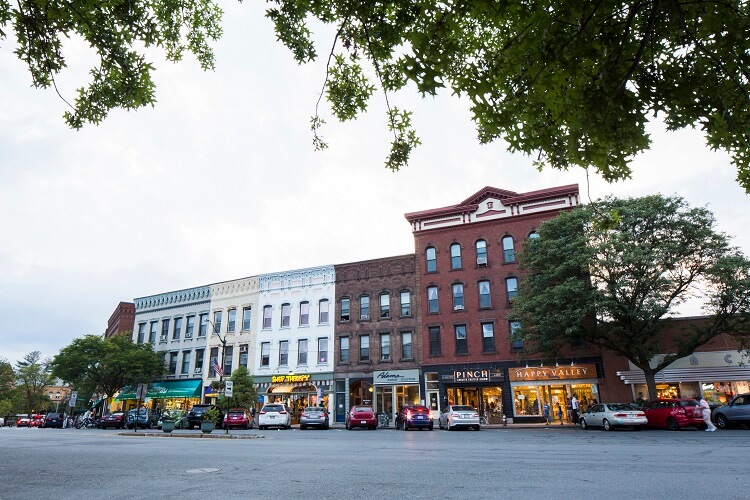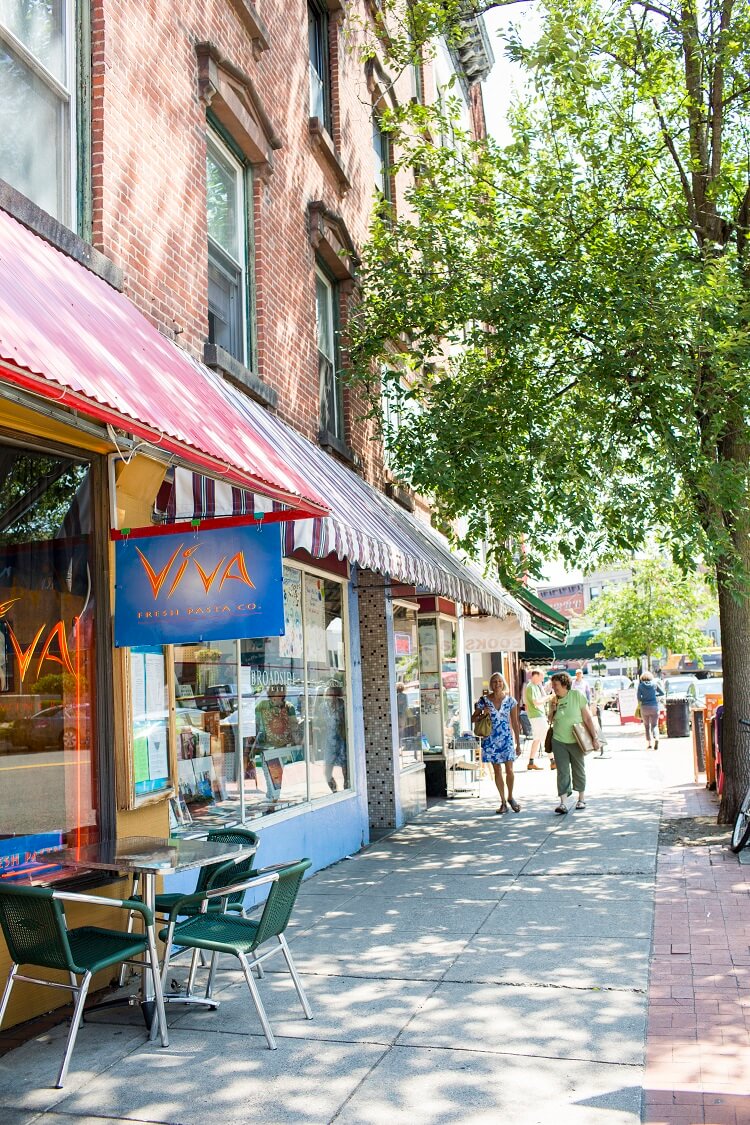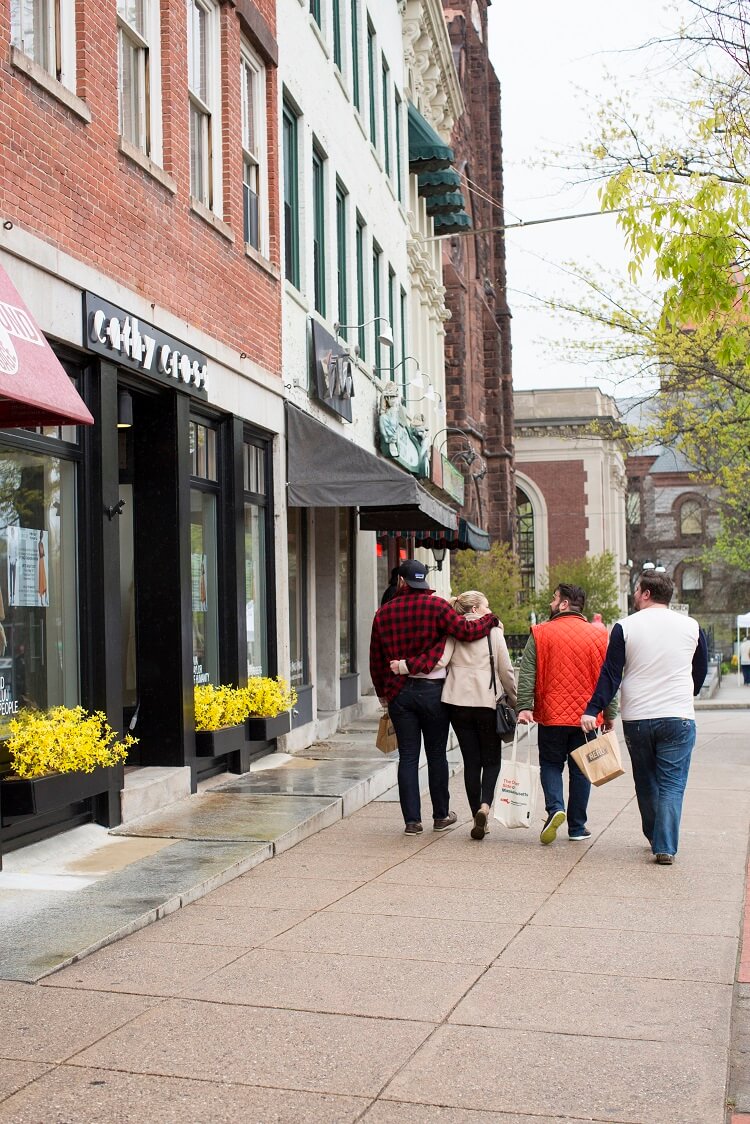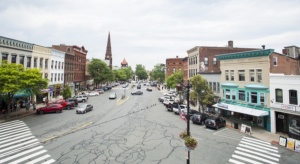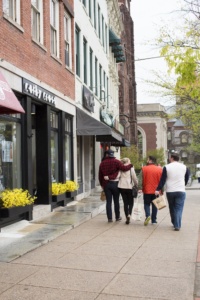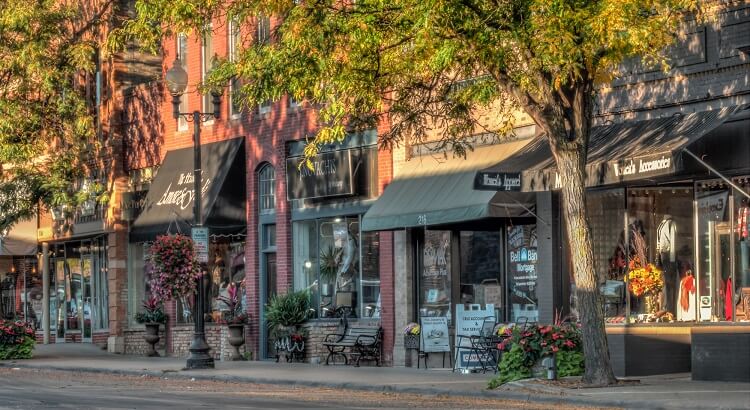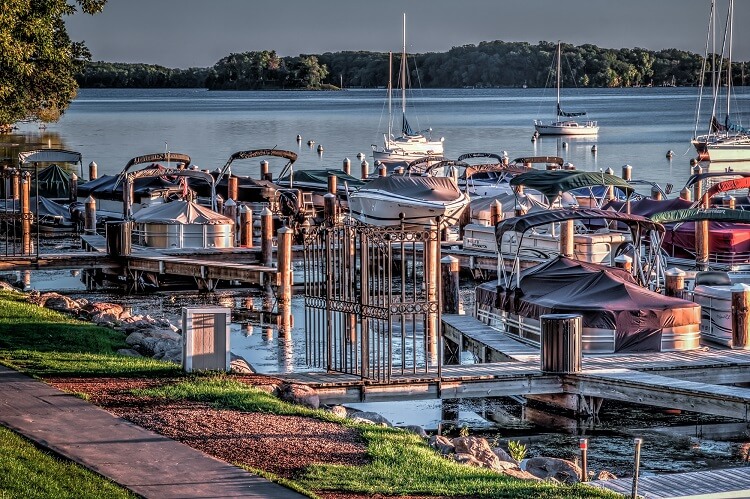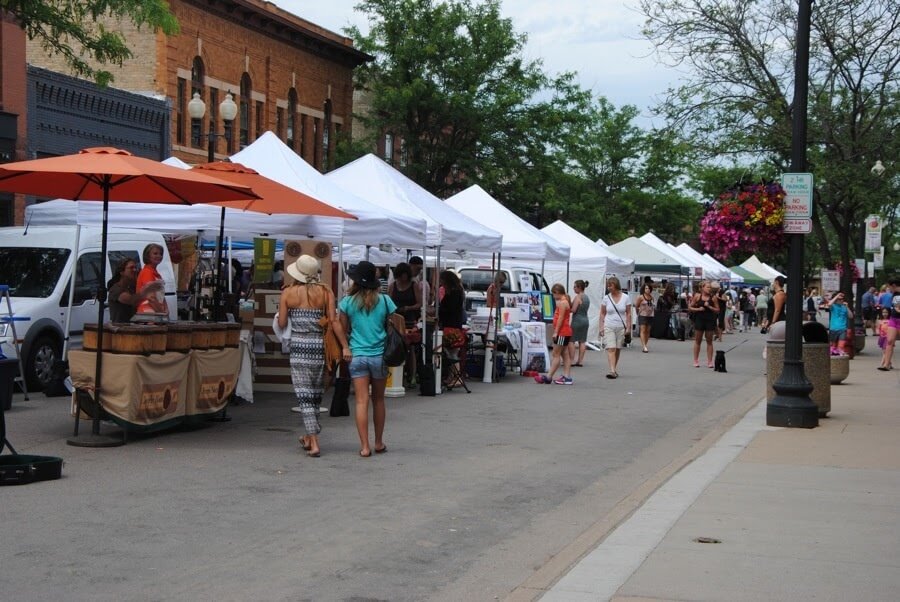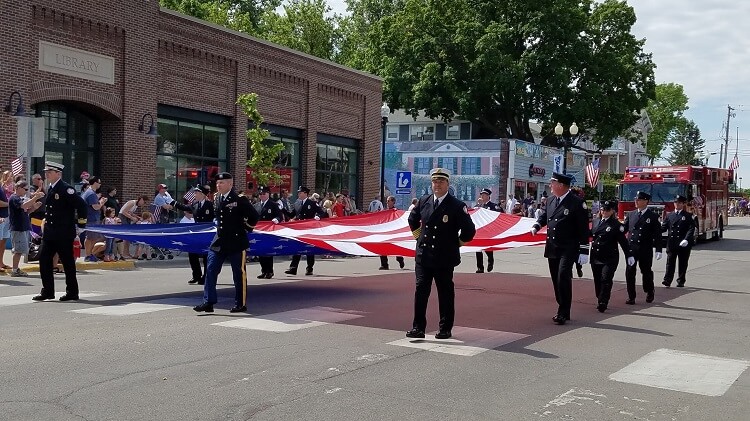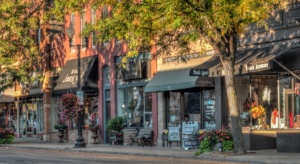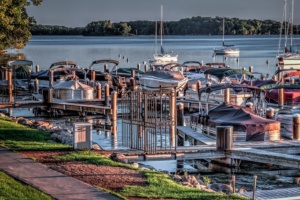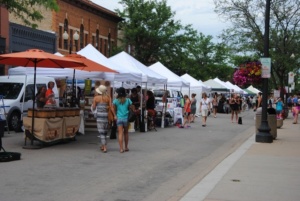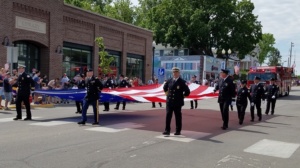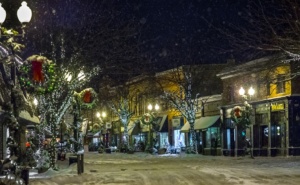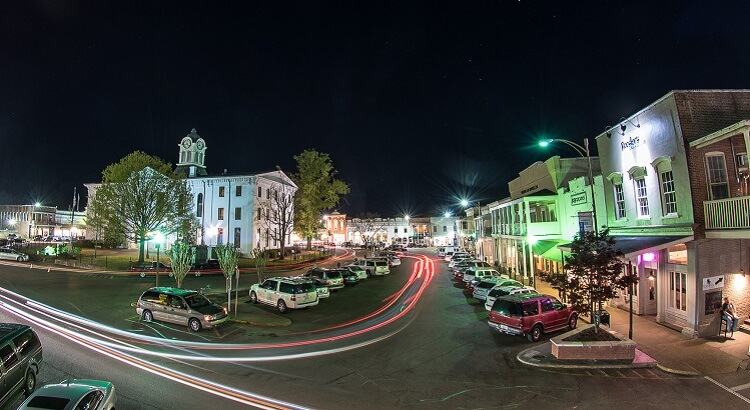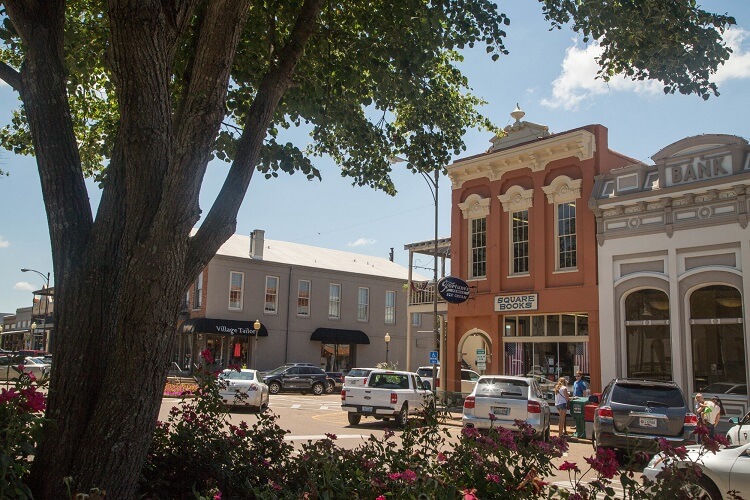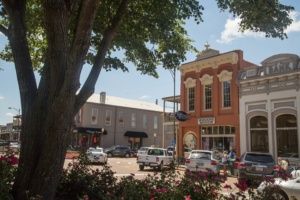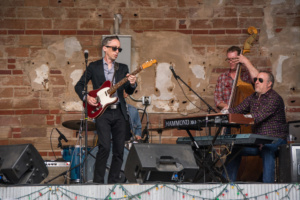Main Streets 2017: Maryland
Berlin’s Main Street began as part of a path connecting neighboring Indian tribes and later became the Philadelphia Post Road, a primary transportation route up the Atlantic coast. Stroll down Main today and you’ll see why this community was named “America’s Coolest Small Town” by Budget Traveler in 2014.
Starting at the Atlantic Hotel, you can take a walking tour of historic homes along and around Main Street. Berlin has some 47 buildings on the National Register of Historic Places, including Burley Manor and Burley Cottage on South Main and the Chandler House on North Main. After a series of devastating fires in a ten-year period from 1895-1904, the town passed an ordinance requiring that every new structure be built of brick. As you’ll see, even many local streets are brick-laid.
With early 20th century improvements in water and fire protection, Berlin became home to several successful industries, including the Berlin Milling Company, Phillips Cannery and Harrison Nurseries, which called itself the world’s largest fruit producer in 1924. The Berlin Peach Festival celebrates this history every summer at the Calvin B. Taylor House Museum on North Main, with pie-baking and pie-eating contests, music, games and craft demonstrations.
The museum’s namesake was a banker whose bank building, built in 1902, still stands at the corner of Main and Commerce. Historical information suggests that Taylor taught Charles Albert Tindley how to read and write. Tindley, born in Berlin in 1851, became a well-known Methodist minister and a founding father of African American gospel music.
Downtown also hosts the Berlin Fiddler’s Convention, concerts on the lawn, a Fourth of July celebration and Classical Christmas. Activities for all ages also include Spring Celebration in March, the Jazz and Blues Bash in May, June’s Annual Bathtub Races, the Second Friday Art Stroll, and the Haunted Berlin Ghost Walk. From Main Street you can also connect to bike trails that can take you away from downtown, past historic sites, parks and monuments in the city and onward to the wildlife areas and beaches along the coast.
With so much to see and do, it’s no wonder Berlin continues to win awards and be named to many “best of” lists. It might just be time to put it on your list of “must places to visit.”
All photos taken by Philip Young
Berlin, MD is home to a 2017-18 LifeChanger: Laurie Chetelat


